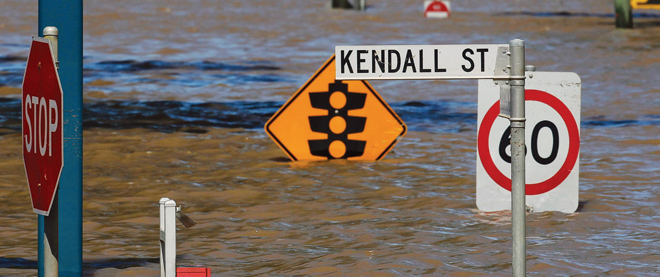Baby, it’s awful outside
From the Maritimes to Australia, wild weather is wreaking havoc
Share

Being a billionaire mayor in a city like New York means never having to say you’re sorry. That is, until your snow plows leave millions of residents stranded and they have to strap on skis to navigate the streets of Manhattan. And so it was that three days after a raging, thundering snowstorm dumped half a metre on the Big Apple over Christmas—the heaviest snowfall in decades—Mayor Michael Bloomberg fessed up that the city had botched the cleanup job.
It didn’t help that this was the second December in a row the city, along with the U.S. Northeast, has been hammered by wild weather. But the region was far from alone. The same massive storm system plunged 50,000 homes in Atlantic Canada into darkness as snow, wind and floods devastated beaches, parks and tourist sites. The deluge followed a series of brutal storms and Atlantic hurricanes over the past few months that have already heaped misery on residents in the region.
Mother Nature’s fury was felt everywhere. The United Kingdom is suffering the coldest winter since 1683, which along with snowstorms in New York and Moscow forced the cancellation of 6,000 flights. In California a barrage of winter storms caused flash floods and mudslides, while Los Angeles has been buffeted by hurricane-strength winds. Queensland, Australia, is drowning beneath the worst floods in half a century.
The full tab for all this wild weather will be enormous, say experts. Delayed flights in the U.S. Northeast alone cost the airlines US$150 million, while analysts estimate American retailers lost out on US$1 billion in sales as some shoppers were forced to stay home. In New Brunswick the cleanup costs could reach $50 million, while in Australia flooding has caused at least $1 billion in damage.
With winter far from over, expect more storms and more debate over whether we’re seeing the first effects of climate change.